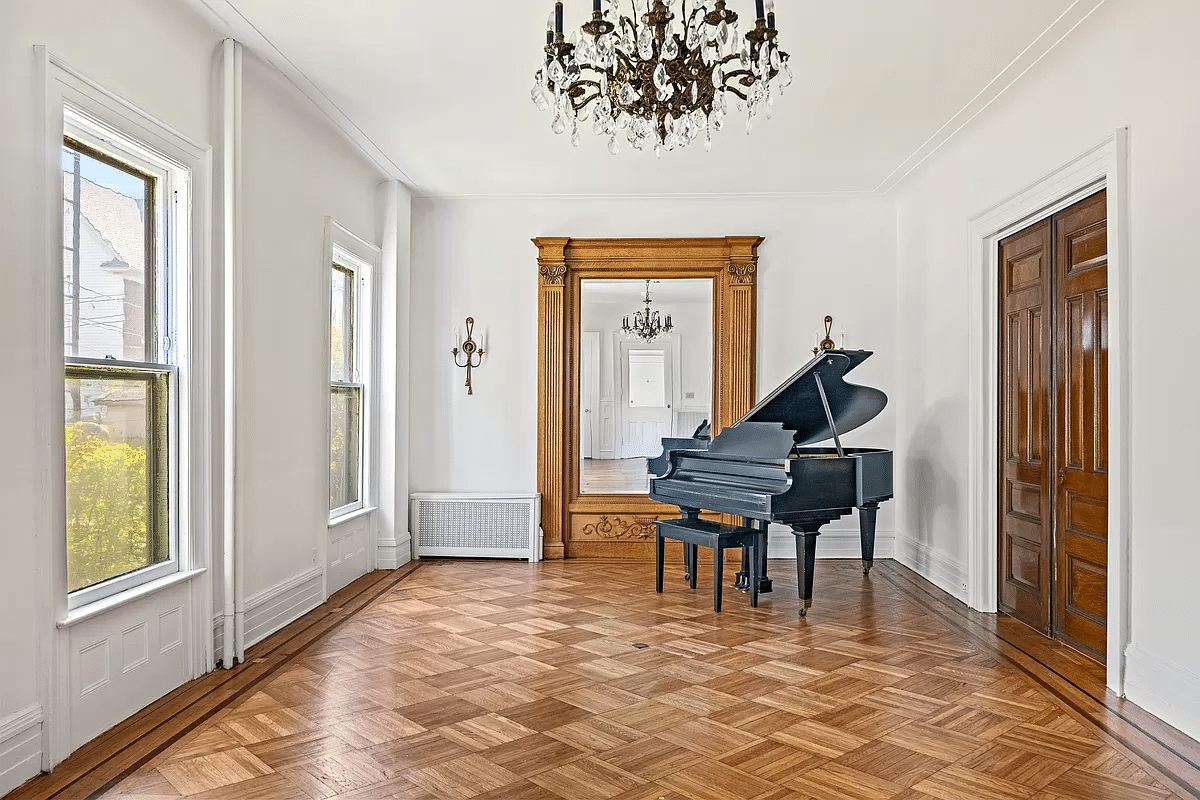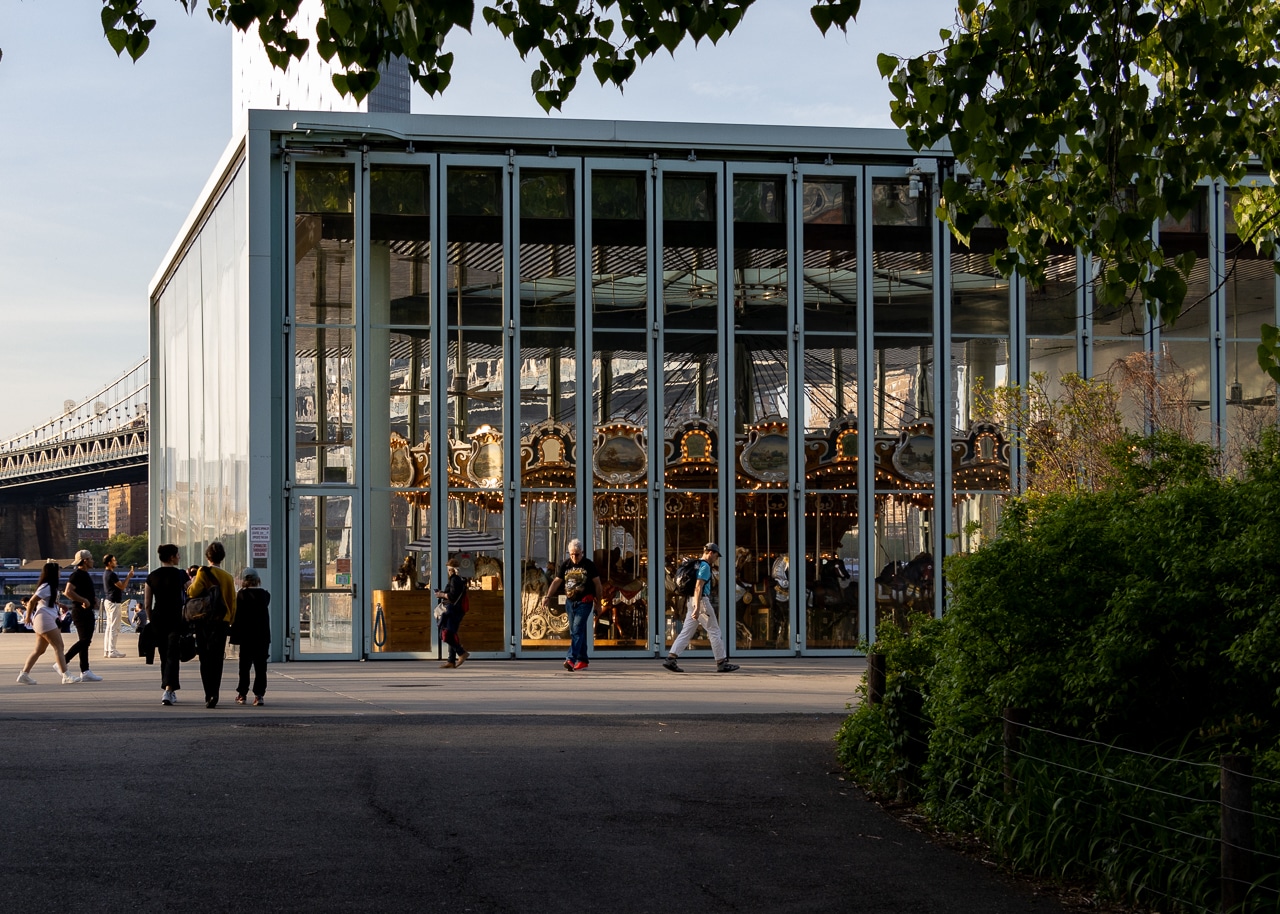In Reversal, 184 Kent Cozies Up to Preservationists
When Curbed busted out the latest rendering for 184 Kent Avenue on Friday (which, it turns out, has actually been up on the commercial broker’s site for a couple of months and is really just a different perspective on the drawings that were released last November), much debate ensued about the developer’s decision to go…

When Curbed busted out the latest rendering for 184 Kent Avenue on Friday (which, it turns out, has actually been up on the commercial broker’s site for a couple of months and is really just a different perspective on the drawings that were released last November), much debate ensued about the developer’s decision to go for rentals instead of condos. The most interesting part of the thread to us, though, was the comment alluding to the fact that the current owner of the building has applied to the State & National Registers of Historic Places to get preservation tax credits; this process includes a direct negotiation about allowable alterations and does not involve any kind of public review. (From the rendering, it looks like the concrete awning on Kent will be maintained.) Given the fight that the owner put up back in 2005, this was surprising news, so we decided to take a gander at Property Shark. Interestingly, the deed changed hands a year ago, but it looks like both entities have the same mailing address, suggesting that the Kestenbaums are still pulling the strings. Clearly, though, whoever the owner is right now is not treating the structure as the “Piece of Trash ” that the idiotic Simcha Felder once called it. This is good news indeed. Anyone know the reason for the change of heart?
EXCLUSIVE: 184 Kent Design Makeover Revealed [Curbed] GMAP
Listing: 184 Kent Avenue [RKF]
Do or Die Time for Cass Gilbert’s 184 Kent Avenue [Brownstoner]
More Than A Tweak at 184 Kent [Brownstoner]









dejawho, no: 184 Kent (at North 3rd) is three blocks away; Radiac is at the corner of Grand (or North Zero street for those that don’t know the street naming scheme.)
3:57, agreed. I wouldn’t want to live right next to it. But it’s on the other side of the bridge which is like 9 or 10 blocks away, isn’t it? Truth be told, I don’t see how the residents at 184 Kent would be at any great risk. My feeling about these potential hazards is if there’s ever a disaster, get the hell out and run! Otherwise, it’s outta my control so don’t worry so much. Hopefully market forces will move that place out of the neighborhood for good in the near future.
12:46, not sure your comment is accurate. LPC specifically addressed concerns about first floor retail when it met with property owners about a possible DUMBO historic district. LPC also stated that it is working on standards that permit staff-level decisions about retail space.
Also, as someone who lived a couple blocks away from Radiac for years, let me add that reducing the time that material can be stored in the facility from one year to 10 days is a major improvement. However, if there is ever an accident (e.g.: a fire) at the site, it’s still going to be pretty bad news.
Radiac
-wasn’t that the name of the computer in “The Desk Set”?
best Hepburn/Tracy movie ever.
Oh no, it’s another Radiac posting. I wonder if that was posted by the same person who posted last week on another brooklyn blog. Readers beware of the scare tactics and do a little digging. Radiac is old news. Sen. Schumer won a little battle against them a couple years back. See here: http://www.senate.gov/~schumer/SchumerWebsite/pressroom/record.cfm?id=261000
Guess what’s just down the block in Williamsburg. Radiac, at Kent Avenue and S. 1st Street, serves as a transfer station for both hazardous chemicals and low-level radioactive waste. Because of the spatial inadequacies of the footprint of the facility, Radiac often operates with its doors open during loading/unloading of hazardous chemical and radioactive waste. A Molotov cocktail or a gunshot could set off a calamitous event. Engine Co. 212 was located ten blocks from Radiac and could have handled a fire rapidly enough to prevent a meltdown of the low-level nuclear waste (the EPA standard of cleanup of Radioactive events could lead to a 50-year evacuation and quarantine of Williamsburg and parts of Manhattan or Queens, depending on wind direction). This one facility stores up to critical mass of radioactive waste and flammable liquids, reactives, oxidizers, and explosives (up to 15,000 total gallons of hazardous chemical waste).
That inventory, and charges that Radiac has been lax in the care and security of the chemicals, has residents and neighborhood activists pining for a relocation of the business to a less densely populated area. An accident in Radiac could easily trigger one of the worst environmental disasters New York City has ever seen, says Sean Nagle, the health and research director of activist organization El Puente’s Community Health and Education Institute.
I think it looks pretty nice.
This could be a good expample of why sometimes its better not to landmark old hulks like this. It gives the modern designer more flexibility to create something really hot. The rooftop pool will be pretty incredible. The whole thing could be awesome if it is built as well as it is drawn.
Forget about tax credits though, the staff at the Park Service does not buy into “hot”.
Ah hah! None of you noticed on the renderings that the windows (especially the tiny pairs of windows at the corners of the building) have been much enlarged and altered to make better apartments. This is sensitively done here, but the Landmarks Commission would never have allowed an alteration so drastic to a historic facade.
I think there is a bit of confusion here about being on the National Register and receiving Federal Tax Credits. They are two different things.
A property that is on the Register may apply for tax credits, but the proposed work on the building would need to comply with something called “The Secretary of the Interior’s Guidelines for Historic Preservation”, which are pretty stringent rules covering both the inside and the outside of the historic building. These rules are stricter in some ways than the local landmarks ordinances. I do not believe this proposal, with its huge rooftop addition, would meet the preservation criteria contained in the Secretary of the Interior’s Guidelines.